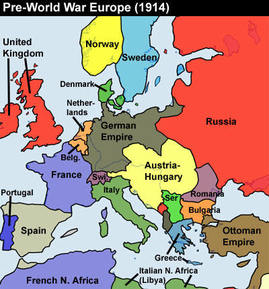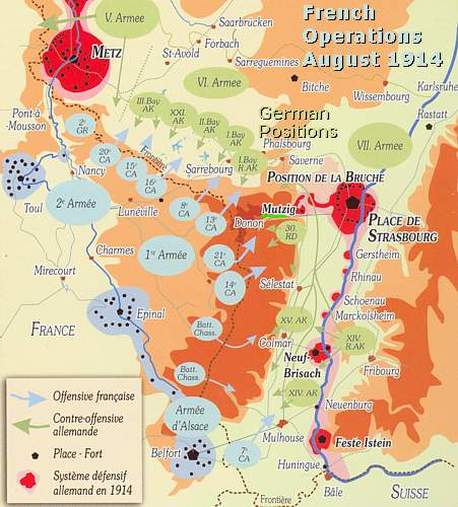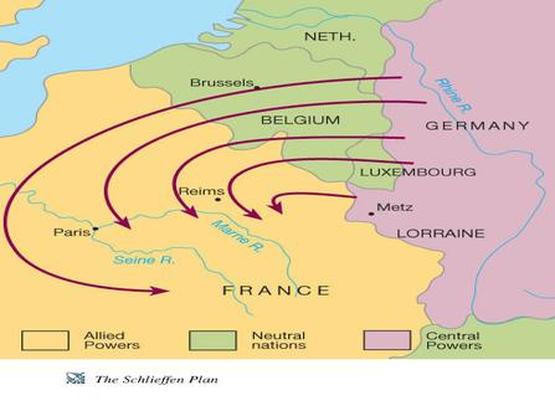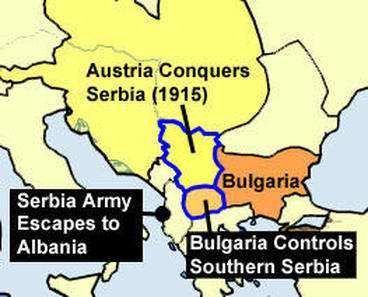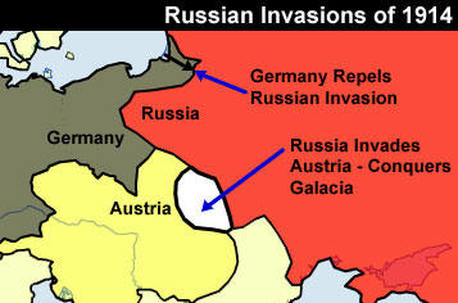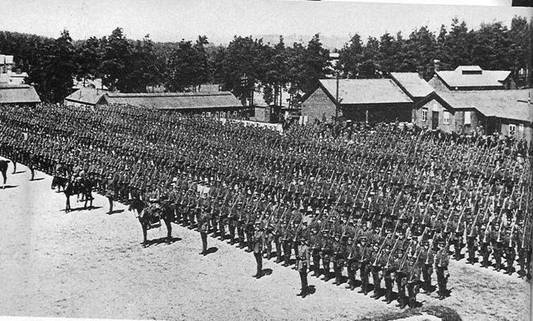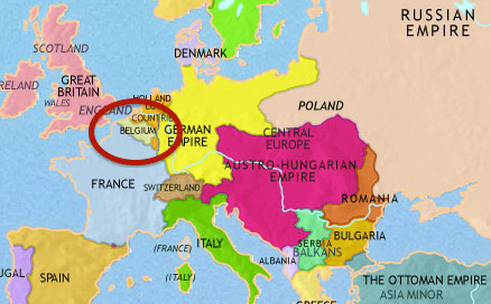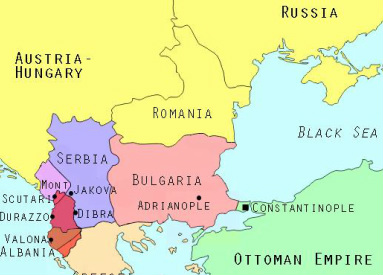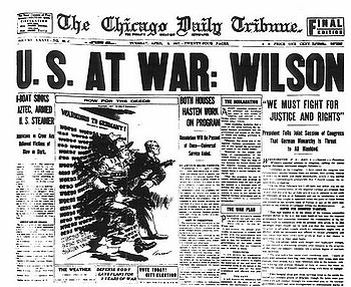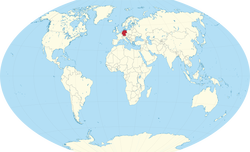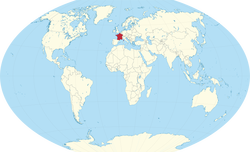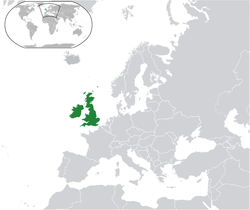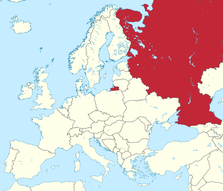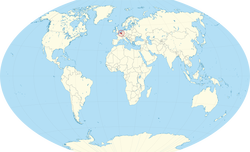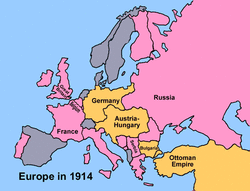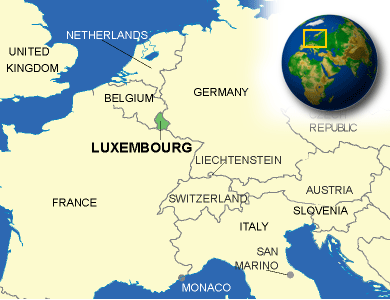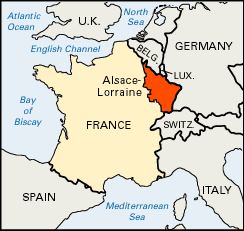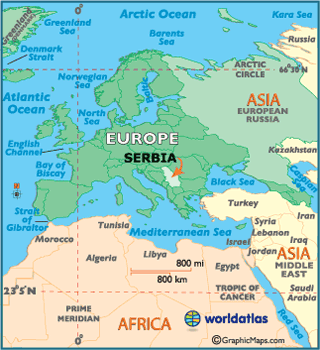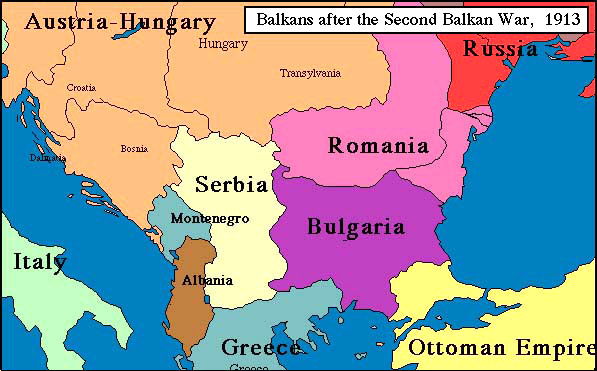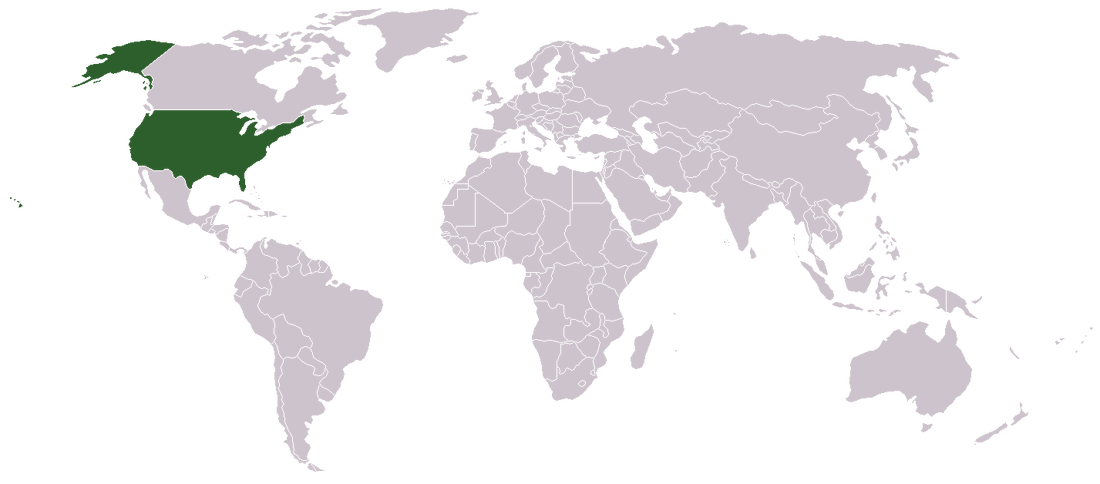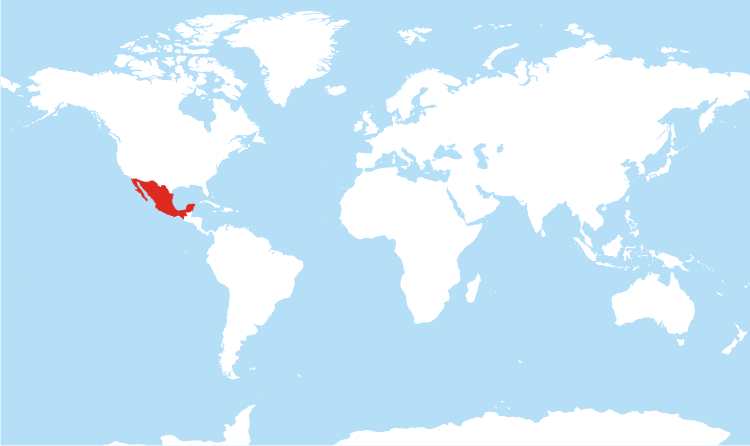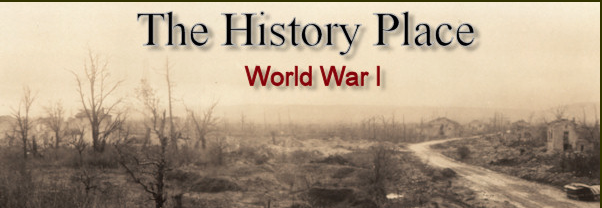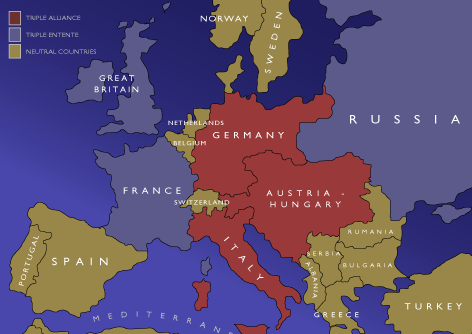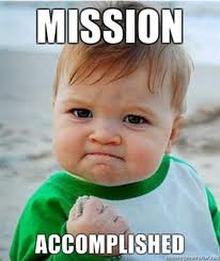Unit 6: Stars and Stripes Forever
A Unit on World War I
Topic 2: "It Begins!"
A Unit on World War I
Topic 2: "It Begins!"
Lesson Module 6
Making Plans
~ ENGAGEMENT ACTIVITY ~
Delivery of the Daily Mission & Challenges
Lesson Mission

The Lesson Mission is what you (the student) will be able to do after the lesson is over.
I can describe how nations planned to fight in World War I.
I can describe how nations planned to fight in World War I.
Lesson Challenges
The lesson mission is made up of all the day's challenges. The challenges are the activities that you will complete to achieve the lesson outcomes. The challenges for this lesson are:
Challenge 1: The Focus Activity - Tackle Important Vocabulary and Map Skills
Challenge 2: The Teaching Activity - Hack through the Class Reading: "Big Plans"
Challenge 3: The Small Group Activity - Battle for Understanding: Chart It!
Challenge 4: The Individual Activity - Prove Yourself Quiz
Challenge 2: The Teaching Activity - Hack through the Class Reading: "Big Plans"
Challenge 3: The Small Group Activity - Battle for Understanding: Chart It!
Challenge 4: The Individual Activity - Prove Yourself Quiz
~ CHALLENGE 1 ~
Teaching Activity - Tackle Important Vocabulary
In this activity, you will listen as I explain the vocabulary words of the lesson. And you will look at the maps as we discuss them as a class. Then, you will type your definitions into your Lesson 6 Portfolio and answer the questions about the maps. Download the template below to get started. Then, save it as Lesson 6 in your World War I Portfolio on your desktop.

